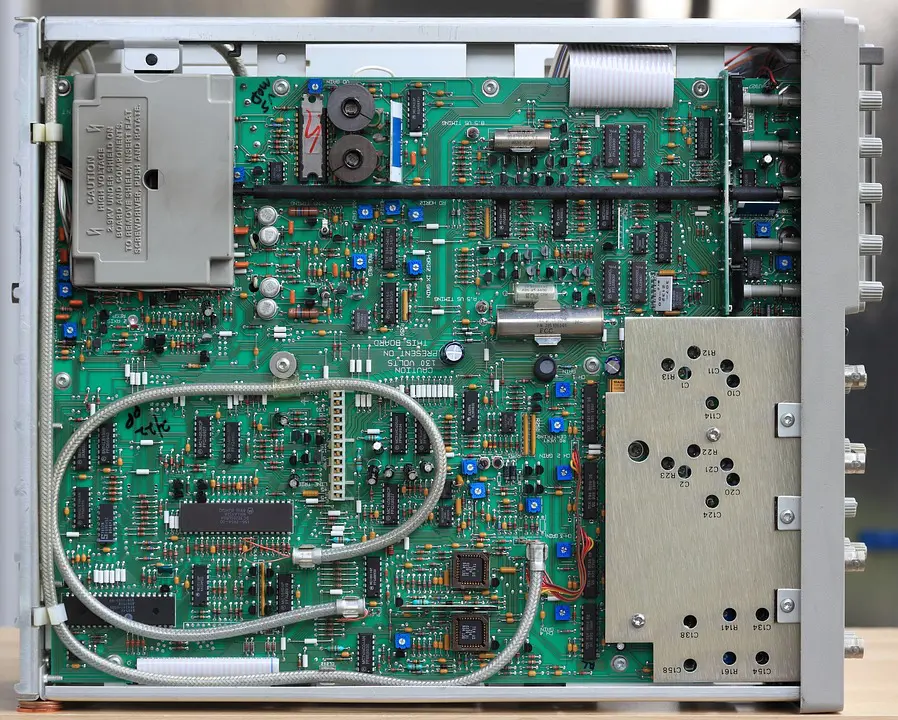It might feel like you’re staring into a bowl of alphabet soup when you’re learning about different aspects of the tech world. One thing that you will come in contact with is a via, or vertical interconnect access. In an integrated circuit board design, a via electronically connects the layers that go through the plane of another or adjacent layer. A via is a small opening in the insulating oxide layer that permits a conductive connection between two or more layers. In an integrated circuit, a via is known as a through-chip via or through-silicon via.

(Pixabay / olafpictures)
In printed circuit board design, a via connects two or more pads in corresponding positions on various layers of the board. These two or more pads are electronically connected by a hole through the board. The hole is conductive because of electroplating. PCBs, or printed circuit boards, may have blind vias, which are exposed only on one side of the board, or buried vias, which connect the internal layers with no exposure on either surface. Blind and buried vias are usually only utilized on high-density chips because simple chips are typically just one layer.
Blind Vias
A blind via is a copper-plated hole that interconnects only to an external layer of the PCB. The hole does not go all the way to the board, which makes it invisible to the naked eye.
The hole for the blind via is defined with a separate drill file. It has a diameter that is less than or equal to one. Each hole has one inner layer.
Buried Vias
A buried via connects two or more layers without going to the outer edges of the PCB. It is embedded within the circuit, making it completely internal.
The buried vias connect different parts of the inner layers of the circuit board, requiring a separate drill file to make each hole.
The ratio of the depth of the hole to the drill diameter should be less than 12 to avoid the risk of running into any other connections deep within the board.
Now you know more about the differences between the two vias. Consider yourself an expert—the difference between blind and buried vias is difficult to explain by even the most experienced engineers.
